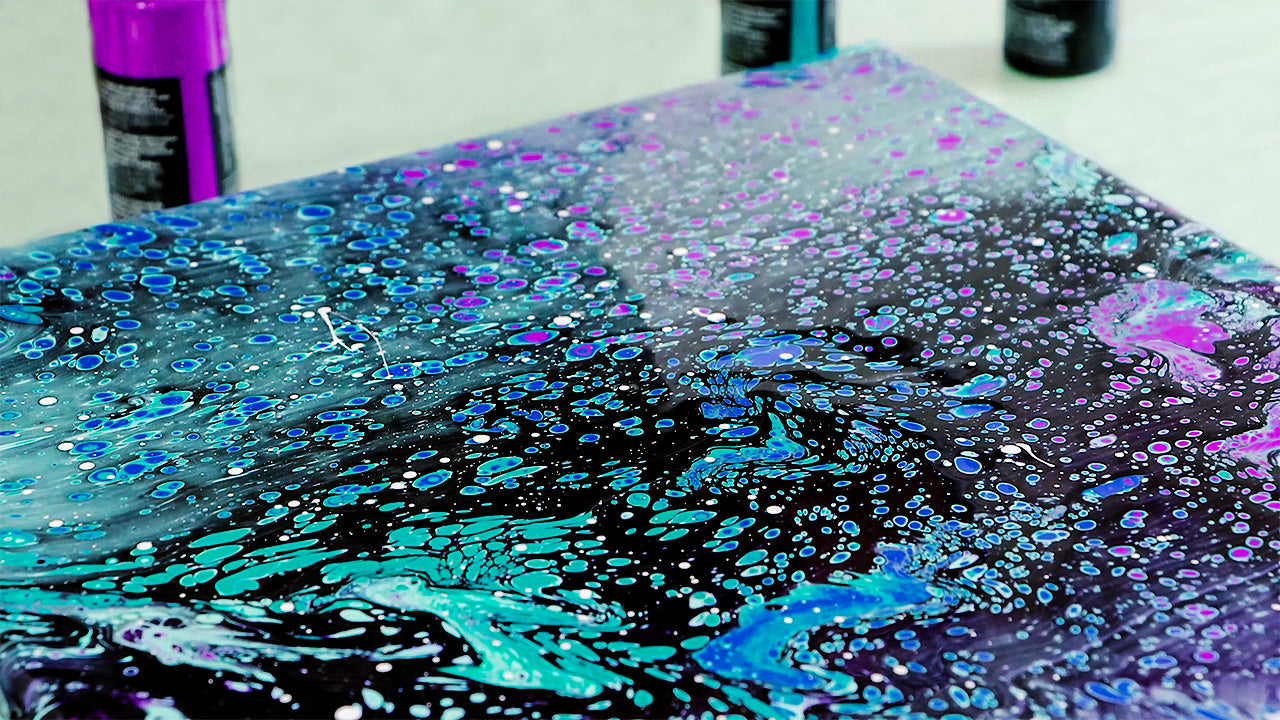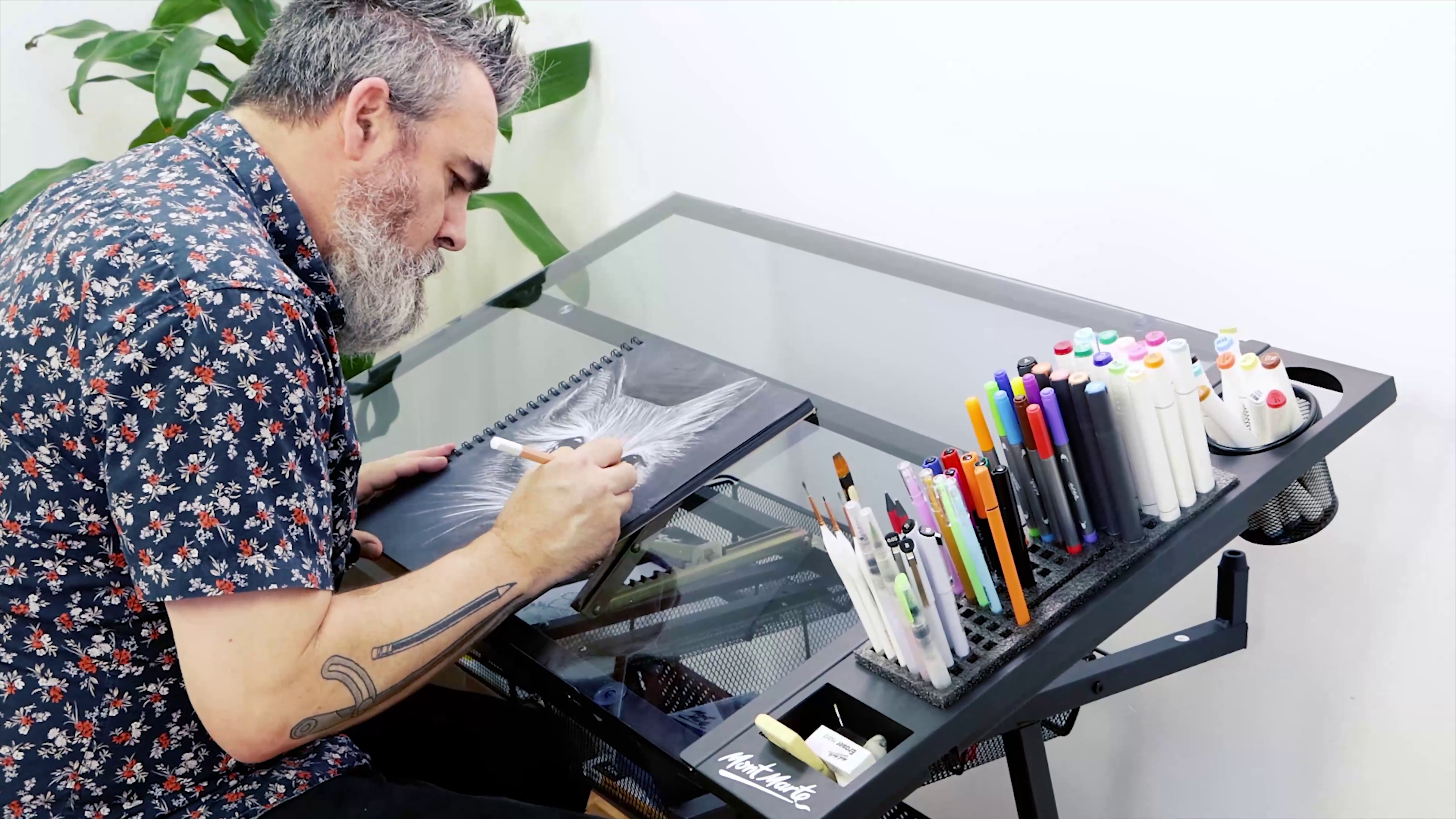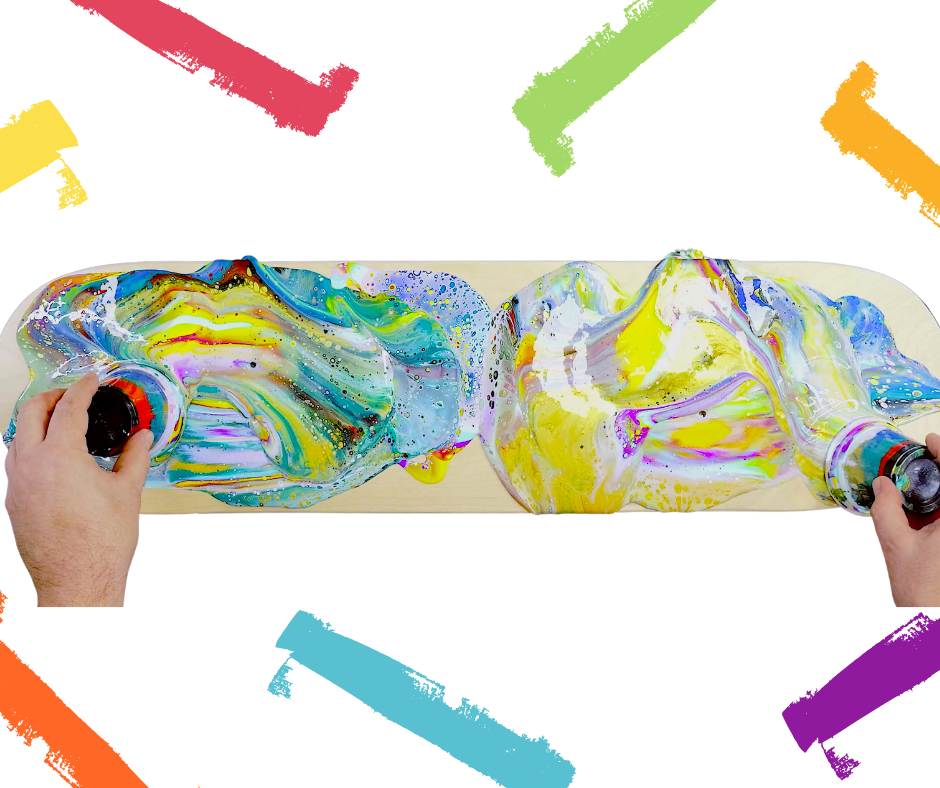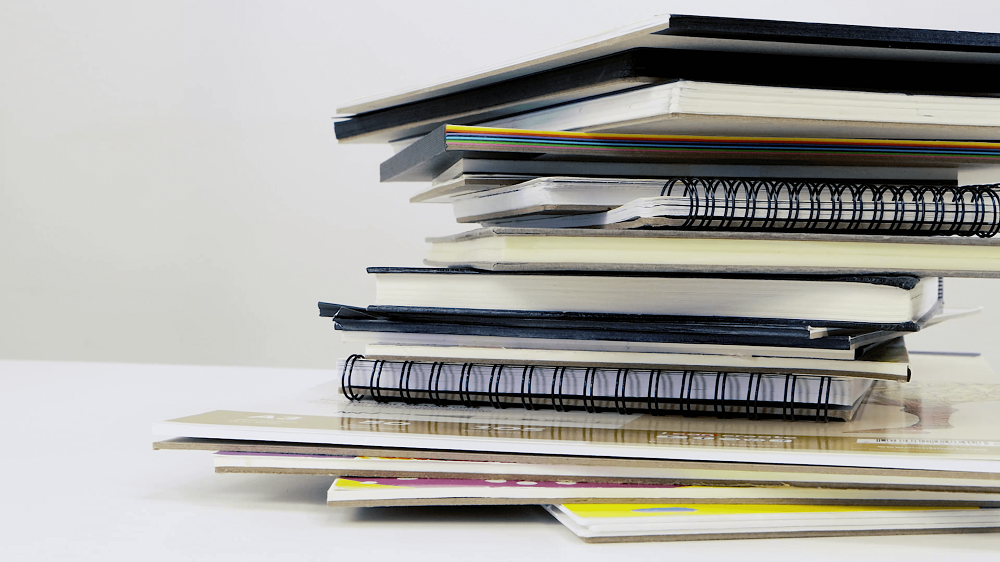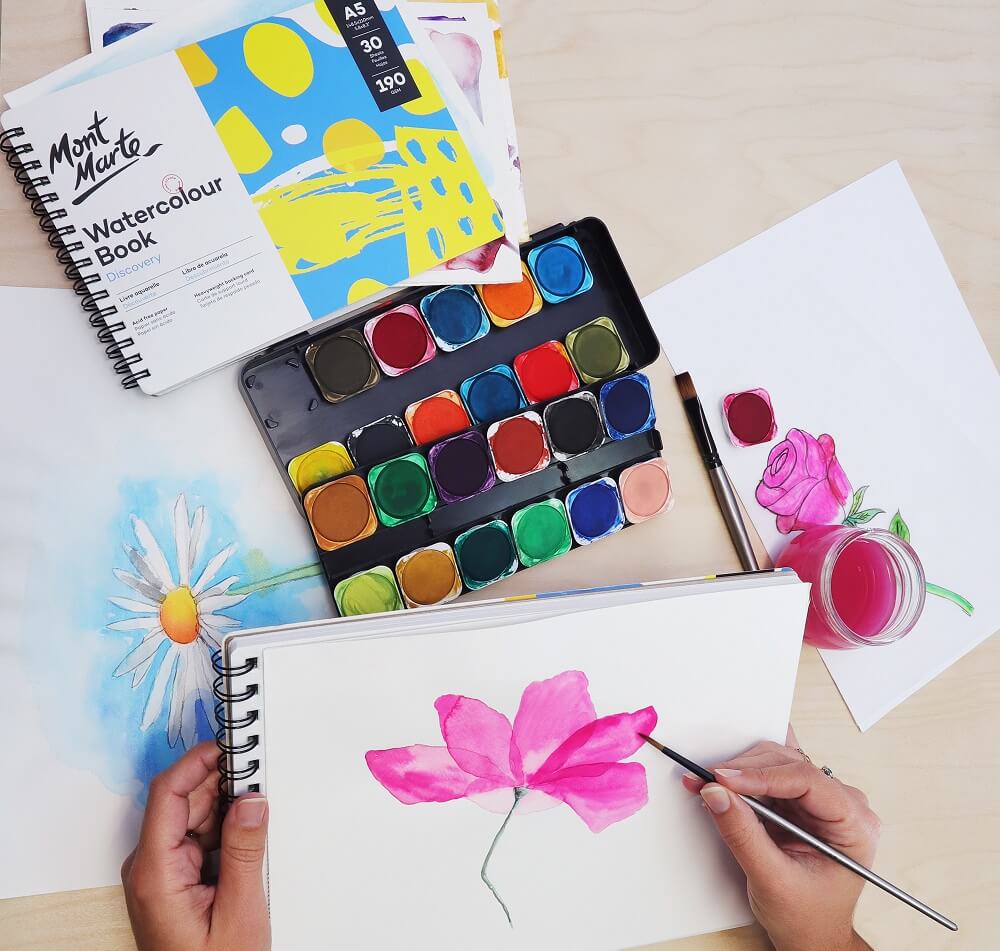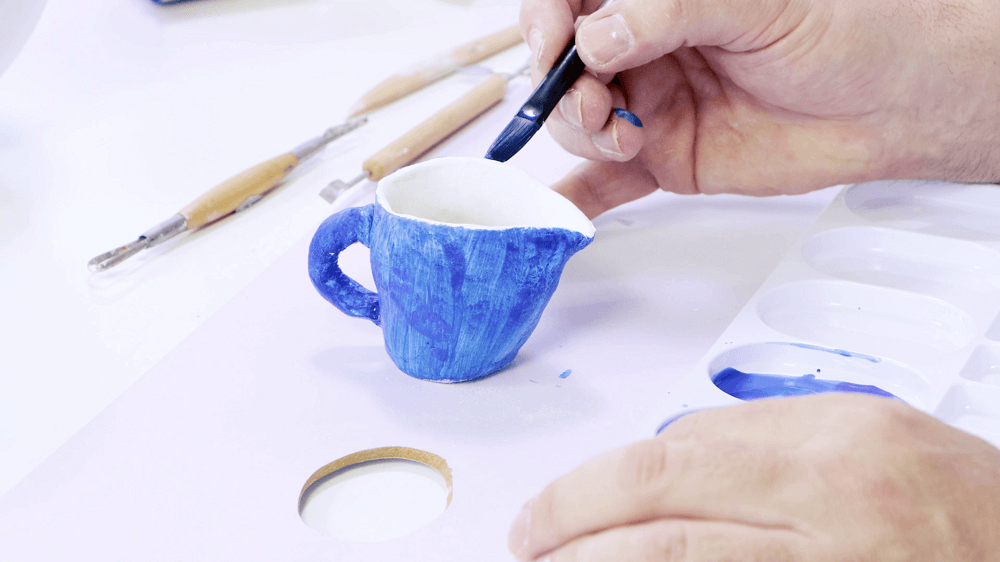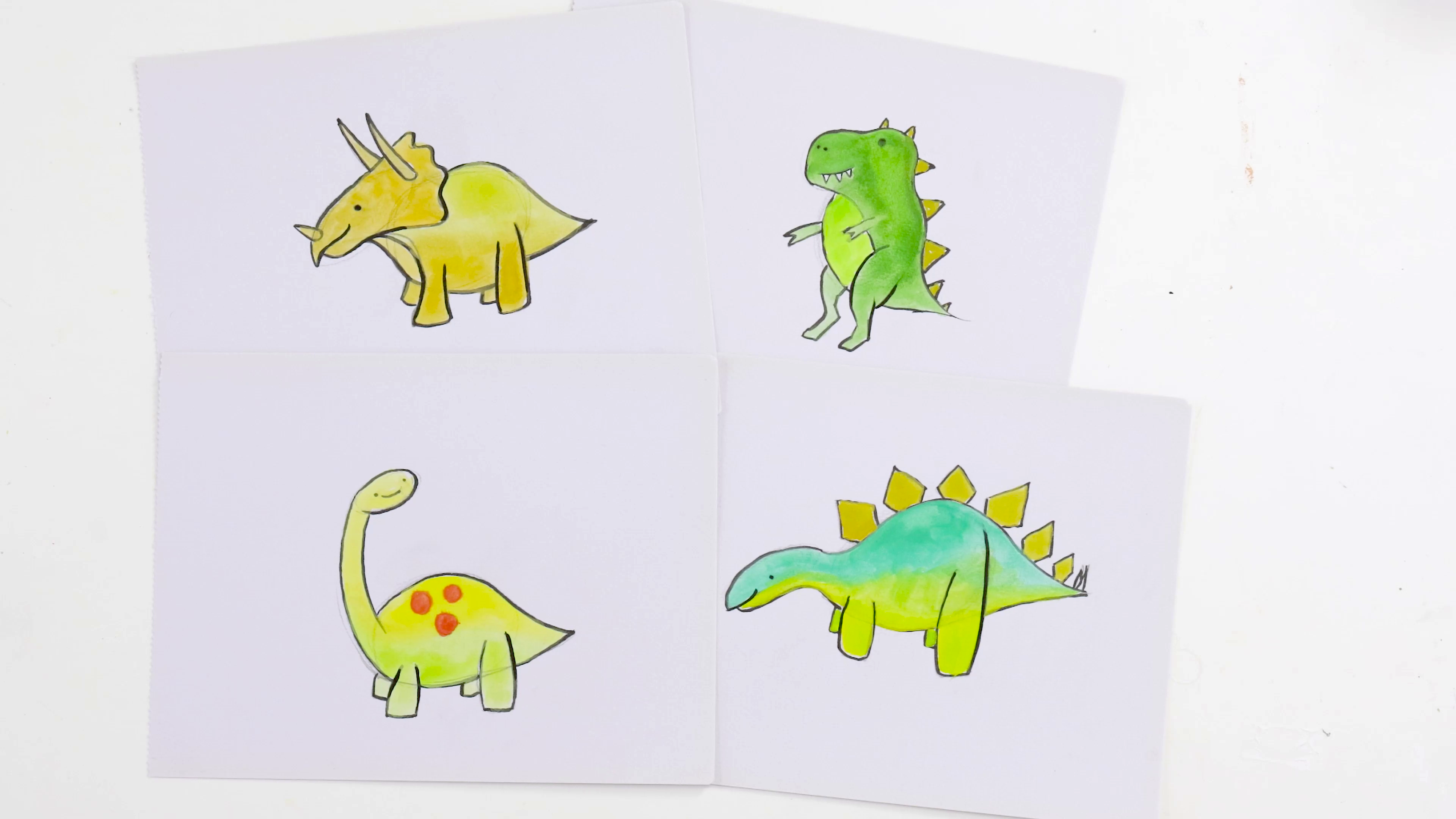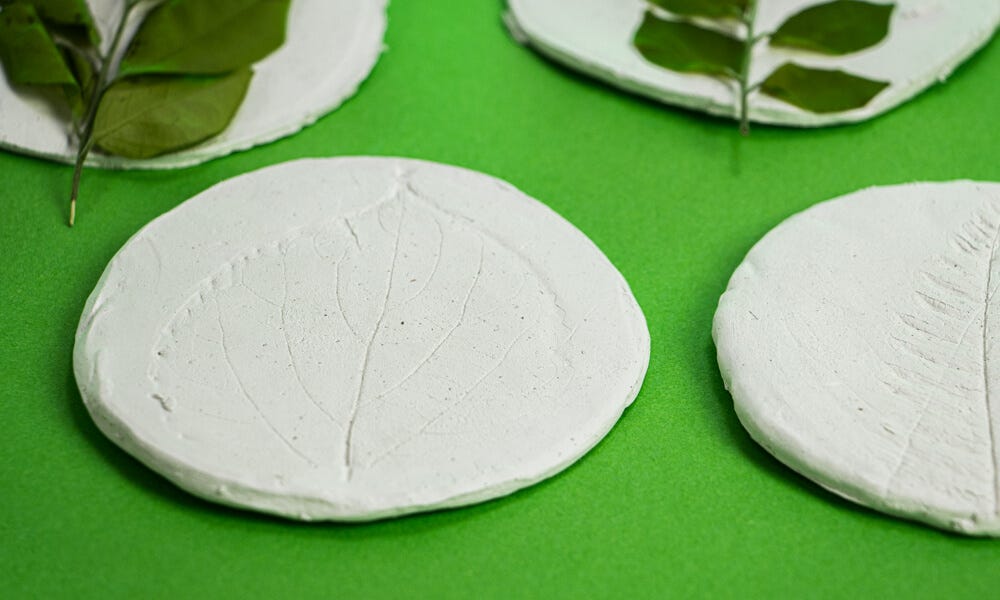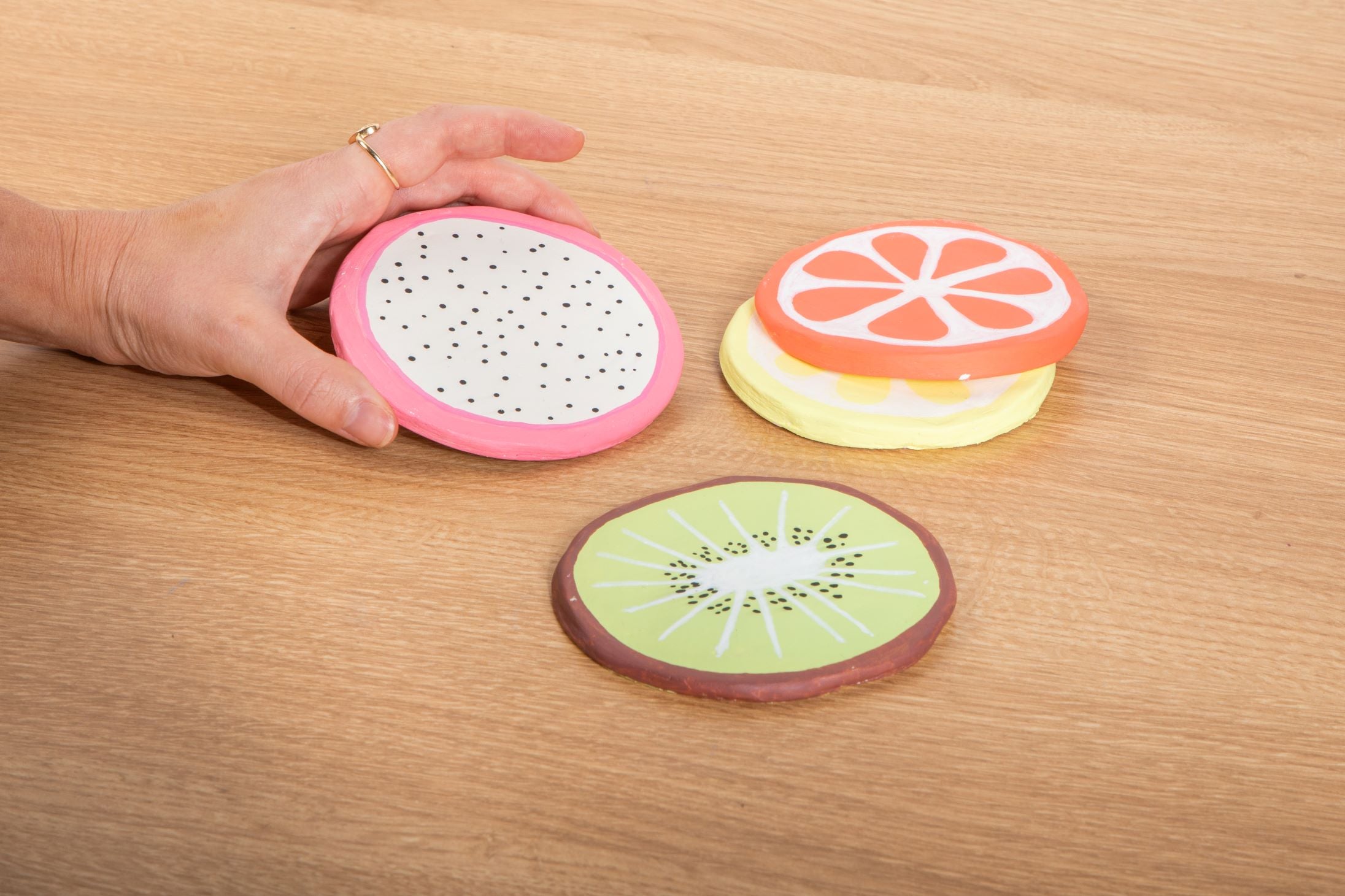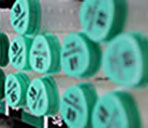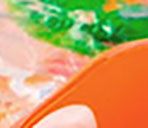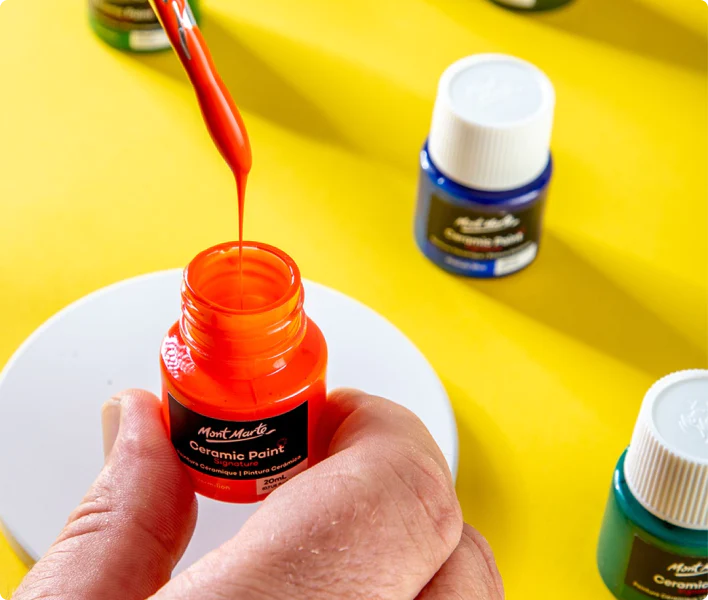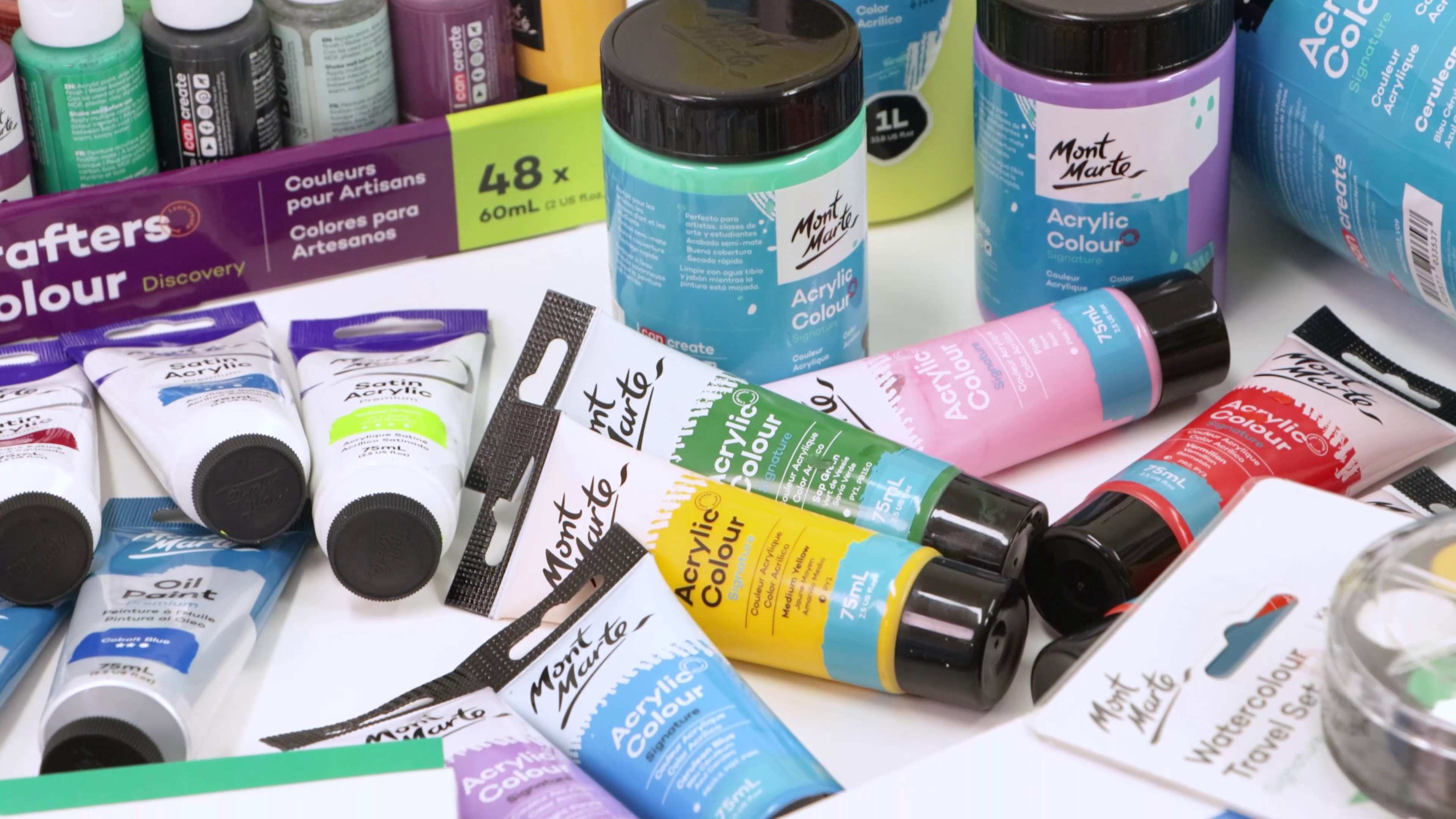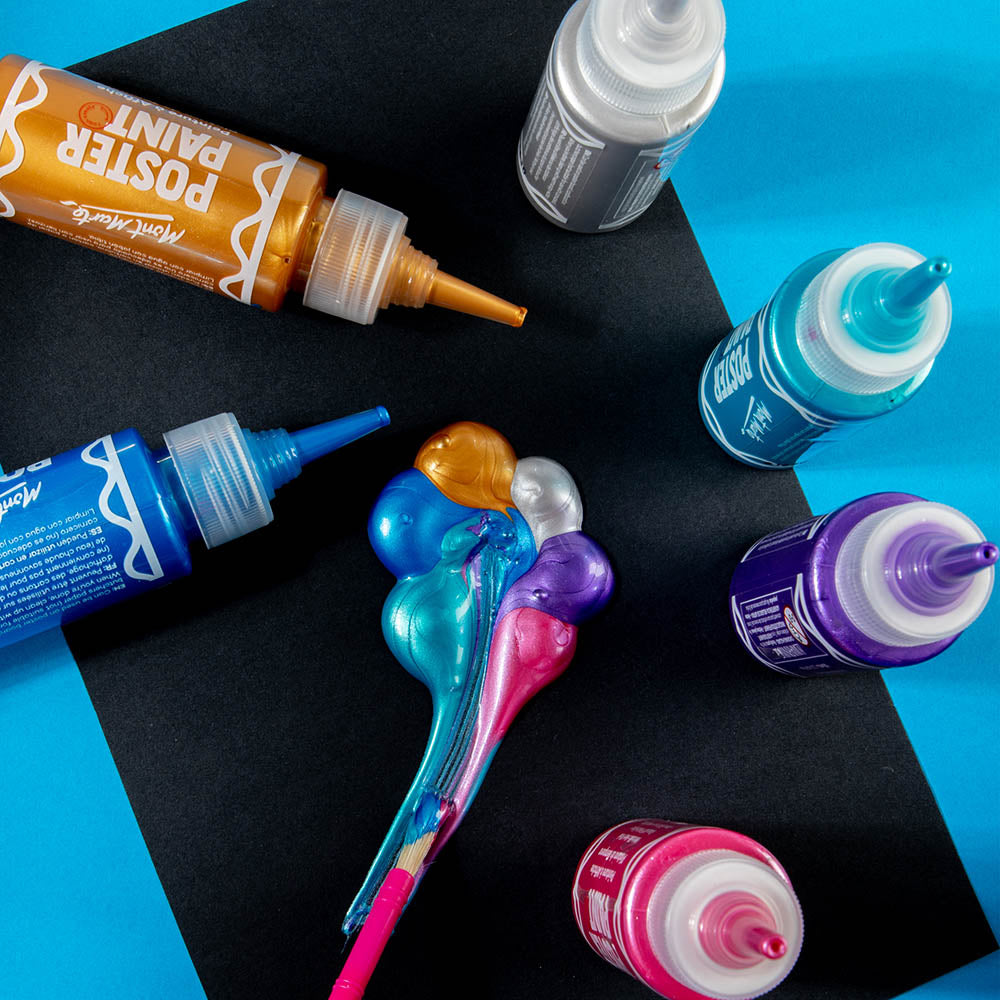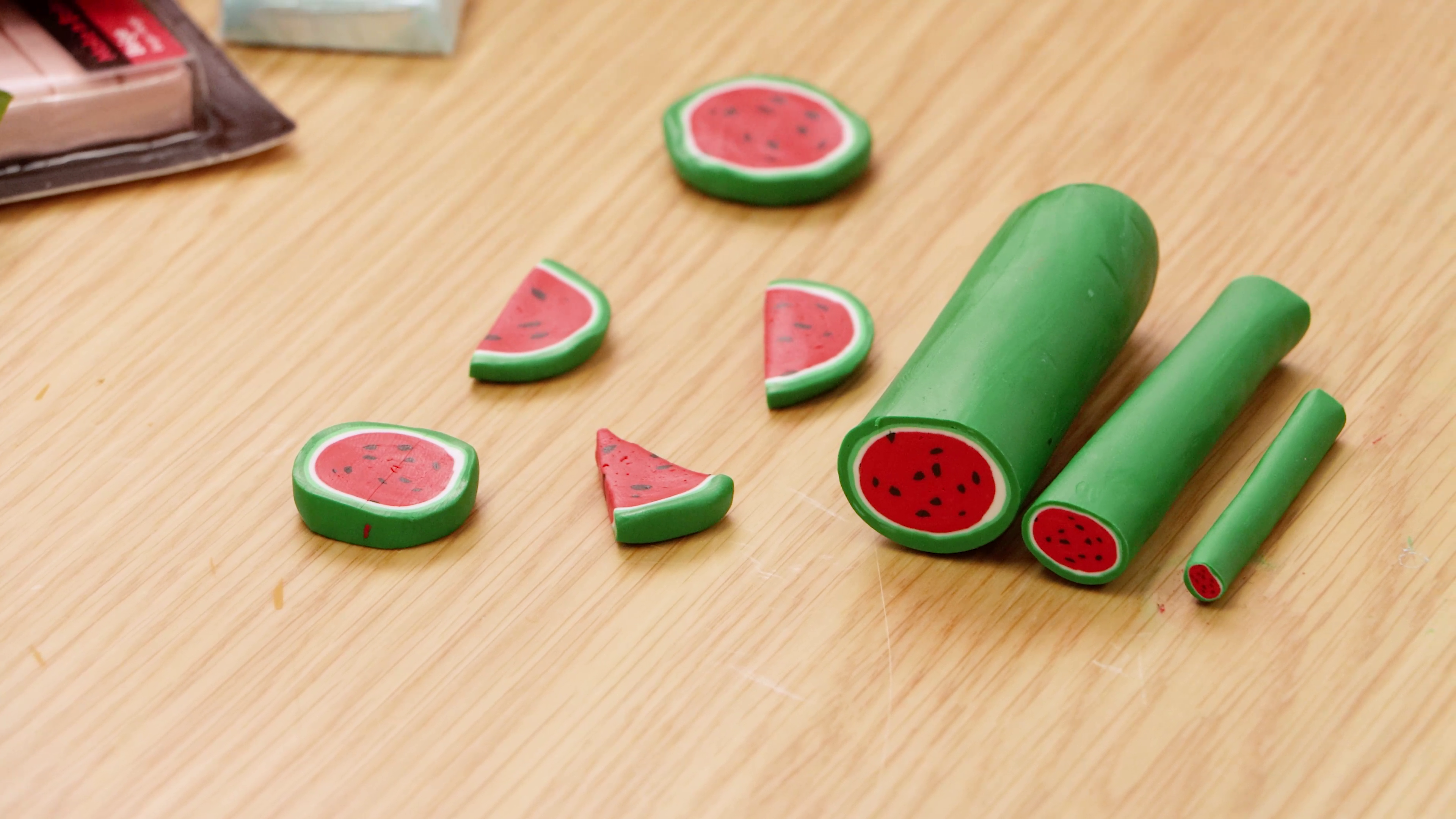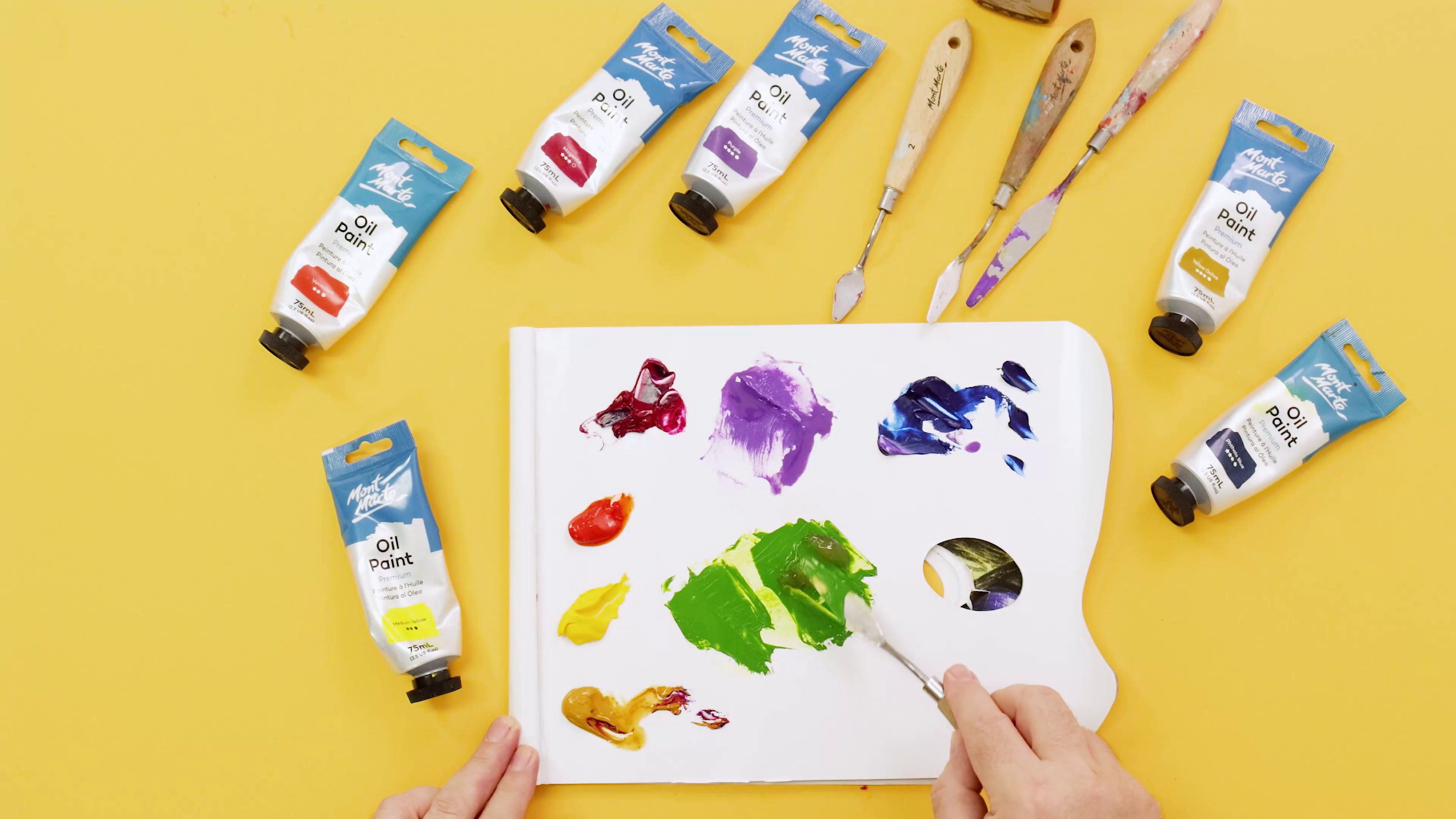There’s heaps of art paint types to choose from when it comes to creating, so it can be tricky to know which one’s the right fit for you. Let’s dive into what sets each paint apart because every medium has a purpose! Pick your fave and experiment with it at home.
Different kinds of paint
Mont Marte sells lots of different paint products so our creative community can express themselves freely. Some of our popular painting products include:
- Acrylic
- Oil
- Watercolour
- Pouring Paints
These paints have varied consistencies, finishes, drying times, and features which we’ll explore below.
Paint drying times
It’s good to keep in mind that when applied thickly, paint takes longer to dry. That means drying times will always vary a little bit depending on how thick you layer your paint, as well as the climate you’re painting in.
Acrylic paints dry reasonably fast. Usually, they’re touch dry in 30min – 1hr, and ready for additional layers in as little as two hours. Typically, standard acrylic paints take around 24hrs to dry completely but this can vary depending on how thickly it’s applied, or if it’s mixed with other mediums.
Oils are usually touch dry 3-4 days after painting, but they take around 6-12 months to completely cure! Luckily the dimension you can create with oil paints is totally worth it.
Watercolours are highly fluid when mixed with water and can dry very quickly. Permitting your climate isn’t overly humid, they can dry in as little as 15-30min. Some watercolour papers allow the paint to soak into the fibres more thoroughly which can extend drying time, but most projects will be dry inside 24hrs.
Gouache also dries quickly, usually within 10-30 minutes when applied at a standard thickness in a moderate climate. This can be problematic when storing gouache paints; however, the good news is gouache can be reactivated! It’s water soluble, so simply add some water to the dry gouache and combine little by little until it’s workable again.
Pouring is typically done with acrylic paints, and therefore doesn’t take too long to dry. Fluid paints are thinner so usually you won’t end up with extremely thick layers in your pour art. Leave the painting to dry for a minimum of 24hrs, paying attention to the glossiness of the painting to see when it’s ready. The glossier the paint, the wetter it is.
Paint consistency
Pouring paint is high flow so it can be poured straight onto your art surface with ease. This allows you to tilt the surface and spread the paint to the edges.
Watercolour is medium-bodied straight out of the tube but quickly thins when mixed with water to a high-flow consistency. Watercolour pans, on the other hand, are completely hard but take on the consistency of water when activated.
Gouache is very similar to watercolour, but you can apply it more liberally in its unmixed state. That makes it both medium-bodied and high-flow, depending on how much water you add!
Our craft paints have different consistencies. Crafters Colour has a high-flow, fluid consistency so it can be brushed easily and covers large areas swiftly. Vivid Colour paints are closer to Acrylic Colour, with a medium-bodied flow.
Satin Acrylic and Acrylic Colour paints are medium-bodied with smooth flow for easy blending and colour placement.
Dimension Acrylic paints have an ultra-thick, buttery consistency that’s made for brushstroke retention. They mimic oil paint texture which is great for impasto effects.
Oils are heavy-bodied, with a thick consistency so you can add 3D texture to your paintings with ease.
You can adjust the natural consistencies of most paints by combining them with a medium or water. Traditional Oils can be thinned with Oil Mediums; Water Mixable Oils can be thinned with water or Oil Mediums; Acrylic Paints can be thinned with water or Acrylic Mediums and thickened with Modelling Paste or Impasto; Watercolour and Gouache can be thinned with water; and Pouring Paints can be thinned with Pouring Mediums.
Acrylic paint characteristics
Pros
- Dries quickly for easy colour layering and speedy creating
- Creamy consistency for good coverage
- Huge range of vibrant colours
- Suitable for most surfaces (e.g., canvas, wood, air-dried clay, plaster, cardboard, paper, leather, and some plastics)
- Can be thinned with water or acrylic mediums
- Comes in a range of consistencies, quality, and prices
- Stain Acrylic offers premium pigment quality
- Dimension Acrylic is great for easy coverage and texture effects
- Beginner-friendly options such as Crafters Colour and Vivid Colour
- Easy to clean while wet using soap and water
Cons
- As the paint dries quickly, you have to work fast!
- Pigments in affordable ranges are less rich
- Colours often dry a touch darker but can be brightened again with varnish
- It can be hard to get out of brushes if you let the paint dry on them
- Can’t be reactivated once dry
About watercolour painting
Pros
- Colours activated with water
- Fluid medium for bloom, wash, splatter, and other creative effects
- Dried out paint can be reactivated with water
- Portable pans for creating on the go
- Excellent tinting strength and clean mixing
- Transparent colours for layering and dimensional effects
- Quick drying for speedy creating and easy layering
- Easy to clean while wet using soap and water
Cons
- Quick drying times mean you have to work fast!
- Paints are not completely opaque, as they’re mixed with water
- Primarily used on paper only
Gouache characteristics
Pros
- Fast drying for easy layering and quick projects
- Can be reworked once dry
- High quality pigments are opaque but can be mixed with water to increase transparency
- Velvety, matte finish with no mediums required
- Creamy consistency for good coverage and colour distribution
- Good middle ground between acrylic and watercolour
- Easy to clean while wet using soap and water
Cons
- Finding the right consistency for your project might take some trial and error with the water to paint ratio
- Colours change tone slightly when dry
- Can dry out easily when on your palette, so keep a spritzer on hand!
- If applied thickly, it can crack once dry over time
Pouring fluid paints
Pros
- Ultra-fluid consistency is ideal for fluid art
- Suitable for most surfaces (e.g., canvas, wood, air-dried clay, plaster, and some plastics)
- Paints combine cleanly on the art surface for unique design results
- SuperCell range makes creating cells easy with no extra mediums needed
- Great coverage and opaque colours
- Easy to clean while wet using soap and water
- Wide range of vibrant colours to choose from
Cons
- Colours dry semi-matte, so for ideal vibrancy it’s best to finish with a gloss varnish
- Pouring Acrylic Paint range needs Silicone Oil added to create cells
- Must be shaken well before use to prevent paint separation
Oil paint characteristics
Pros
- The thick consistency is great for creating 3D texture easily
- Slow drying time allows you to blend and rework paintings for longer
- Rich pigments are ideal for creating depth and dimension
- Buttery formula offers great coverage and colour distribution
- Excellent tinting strength and clean mixing
- Good lightfastness so your paintings look stunning for longer
- Colour tone stays the same between wet and dry state
Cons
- Slow drying time means you may spend longer creating
- Clean-up requires solvents such as turpentine and white spirits
- Can’t thin with water
We hope you feel ready to explore new types of paint and broaden your horizons for your next project. If you need to stock up on supplies, you can find all the products linked above!
Experiment with a new medium and show us what you come up with by tagging us @montmarteart or using #montmarteart on Instagram or Facebook .
Looking for more ways to stay inspired? Browse our Tips & Techniques collection, or find a Project to try out.
To stay up-to-date with the latest projects, tips, tricks, and inspo, join our Creative Connection community by signing up down below.



